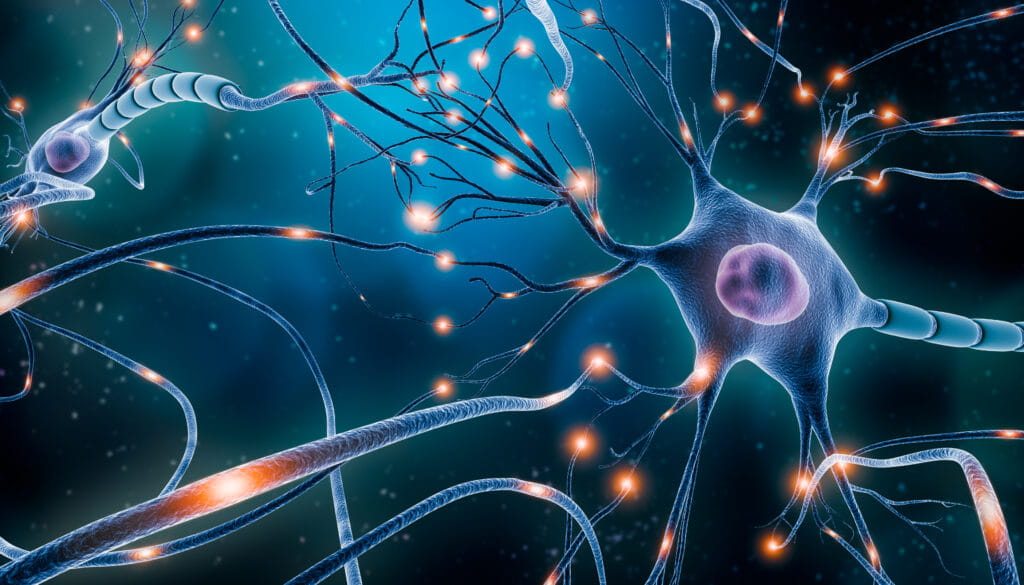Science is working to understand the causes of brain aging and find therapies to counteract its deleterious effects
The brain fixes itself
As we age, however, myelin production gradually declines, leading to cognitive decline and dementia when neurons are no longer able to communicate effectively. Identifying, and if possible reversing, the processes that limit myelin production is therefore a promising way to combat the cognitive effects of aging. And it is from this consideration that the new research stems. TET 1 appears to be involved in the production of the myelin sheath that covers the axons of neurons, without which signal conduction is interrupted
TET 1 appears to be involved in the production of the myelin sheath that covers the axons of neurons, without which signal conduction is interruptedRejuvenate your brain
“Abbiamo ideato una serie di esperimenti per identificare quali molecole possono influenzare il ringiovanimento del cervello”, spiega Sarah Moyon, prima autrice del nuovo studio. “È così che abbiamo scoperto che i livelli di TET 1 diminuiscono progressivamente nel cervello dei topi anziani, e questo compromette la capacità di modificare l’espressione genica per produrre nuova mielina funzionante”. Utilizzando tecniche di bionformatica e dati genomici, il gruppo di ricerca è riuscito a dimostrare che nei roditori giovani TET 1 induce delle modifiche epigenetiche nel Dna (cioè delle alterazioni dell’espressione genica che non sono legate a mutazioni strutturali) che risultano fondamentali per garantire la produzione di mielina e la trasmissione di informazioni tra neuroni. Un’attività che risulta probabilmente compromessa negli esemplari anziani: modificando geneticamente i topi per esprimere una versione non funzionante di TET 1 nei progenitori degli oligodendrociti, i ricercatori hanno infatti constatato che questi non riuscivano più a produrre mielina funzionante, con il risultato che i topi, seppur anagraficamente giovani, esibivano un comportamento tipico di esemplari ben più anziani. Researchers at the Graduate Center of New York hypothesize that in the elderly, myelin production decreases due to altered TET 1 activity
Researchers at the Graduate Center of New York hypothesize that in the elderly, myelin production decreases due to altered TET 1 activityTET 1 is a molecule that promotes myelination of neuronal axons
TET 1 appears to hold promise for the development of therapies to rejuvenate the brain and treat neurodegenerative diseases





